5-hydroxyindole-3-acetic acid
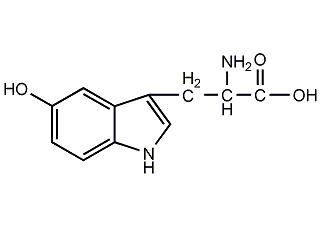
Structural formula
| Business number | 0168 |
|---|---|
| Molecular formula | C10H9NO3 |
| Molecular weight | 191.18 |
| label |
5-HIAA |
Numbering system
CAS number:54-16-0
MDL number:MFCD00005639
EINECS number:200-195-4
RTECS number:NL3650000
BRN number:168797
PubChem number:24278130
Physical property data
1. Character:Light yellow crystal. Sensitive to light and air.
2. Density (g/mL,25/4℃): Undetermined
3. Relative vapor density (g/mL, Air=1): Undetermined
4. Melting point (ºC):160~166 -font-kerning: 0pt”>
5. Boiling point (ºC,Normal pressure): Undetermined
6. Boiling point (ºC,5.2kPa): Undetermined
7. Refractive index: Undetermined
8. Flashpoint (ºC): Undetermined
9. Specific optical rotation (º): Undetermined
10. Autoignition point or ignition temperature (ºC): Undetermined
11. Vapor pressure (kPa,25ºC): Undetermined
12. saturated Vapor pressure (kPa,60ºC): Undetermined
13. Heat of combustion (KJ/mol): Undetermined
14. Critical temperature (ºC): Undetermined
15. Critical pressure (KPa): Undetermined
16. Oil and water (octanol/Log value of partition coefficient (water): undetermined
17. Explosion limit (%,V/V): Undetermined
18. Lower explosion limit (%,V/V): Undetermined
19. Solubility:Soluble in water, ethanol and ethyl acetate, slightly soluble in ether.
Toxicological data
1, acute toxicity: mouse abdominal cavity LD50: 1125 mg/kg 2, carcinogenicity: mouse subcutaneous TDLo: 2000mg/kg/20W-I
Ecological data
None
Molecular structure data
1. Molar refractive index: 51.52
2. Molar Volume (m3/mol): 127.7
3. isotonic ratio(90.2K):384.1
4. Surface Tension(dyne/cm):81.7
5. Polarizability(10-24cm3):20.42
Compute chemical data
1. Reference value for hydrophobic parameter calculation (XlogP): None
2. Number of hydrogen bond donors: 3
3. Number of hydrogen bond acceptors: 3
4. Number of rotatable chemical bonds: 2
5. Number of tautomers: 9
6. Topological molecule polar surface area 73.3
7. Number of heavy atoms: 14
8. Surface charge: 0
9. Complexity: 231
10. Number of isotope atoms: 0
11. Determine the number of atomic stereocenters: 0
12. Uncertain number of atomic stereocenters: 0
13. Determine the number of chemical bond stereocenters: 0
14. Number of uncertain chemical bond stereocenters: 0
15. Number of covalent bond units: 1
Properties and stability
Sensitive to light and air, maximum absorption wavelength (in methanol)277 , 300nm (ε 5200, 7200) SPAN>
Storage method
This product should be sealed in4℃Store dry and protected from light.
Synthesis method
None
Purpose
For biochemical research.
extended-reading:https://www.cyclohexylamine.net/category/product/page/22/extended-reading:https://www.bdmaee.net/dimethyl-tin-oxide-2273-45-2-cas2273-45-2-dimethyltin-oxide/extended-reading:https://www.morpholine.org/cas-63469-23-8/extended-reading:https://www.bdmaee.net/pc-cat-np20-low-odor-tertiary-amine-hard-foam-catalyst-nitro/extended-reading:https://www.bdmaee.net/cas-2212-32-0/extended-reading:https://www.newtopchem.com/archives/45168extended-reading:https://www.morpholine.org/acetic-acid-potassium-salt/extended-reading:https://www.cyclohexylamine.net/cas-3164-85-0-k-15-k-15-catalyst/extended-reading:https://www.morpholine.org/category/morpholine/page/5402/extended-reading:https://www.newtopchem.com/archives/44083
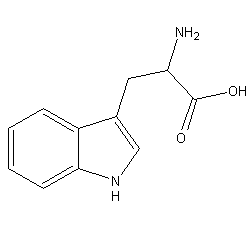

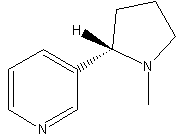
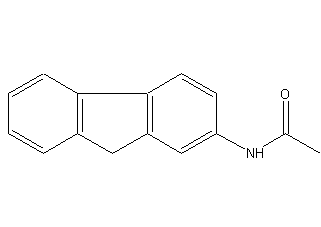
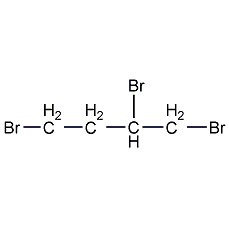

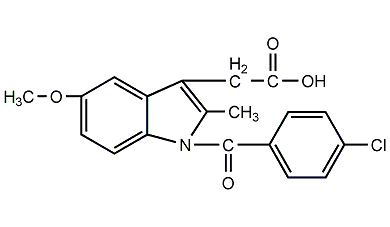
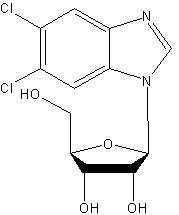
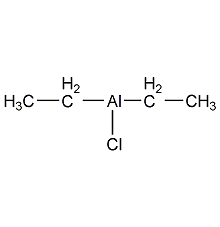

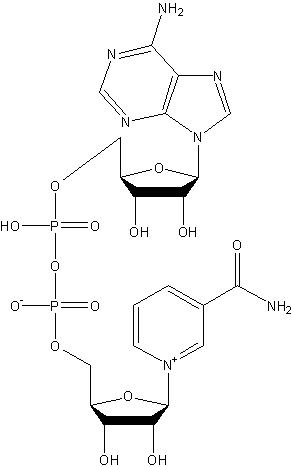
![Dibenzo[a,h]anthracene structural formula](http://staticv5.basechem.org/img/tupu/old/8a7fd8a08f314325aa0a1fe021ebd0e4.gif)